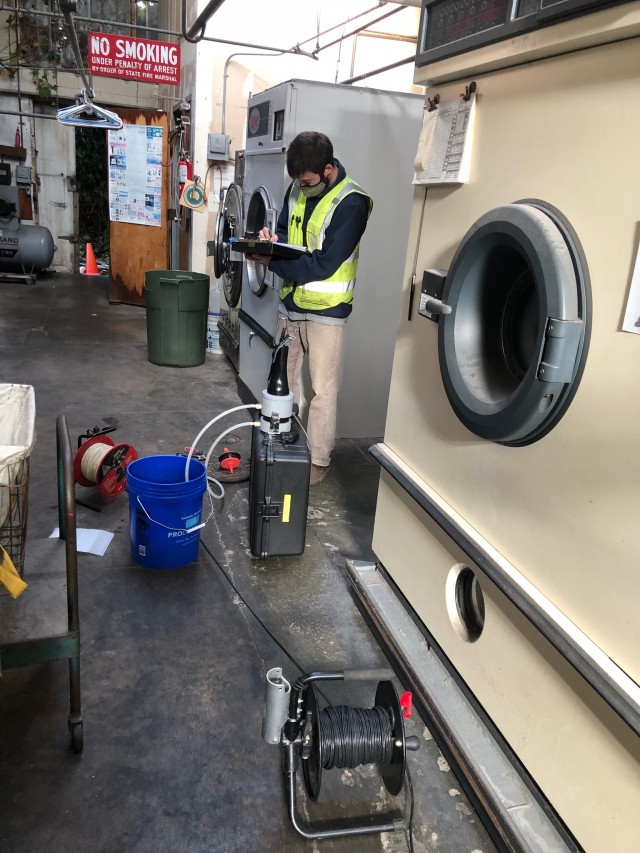I got a phone call from a close friend. She told me she was working on a development project for her family, and just got the results of a Phase I Environmental Assessment. The assessment pointed to a potential obstacle to the project – a Recognized Environmental Condition (REC). The project site used to be a dry cleaner that closed up shop a few years back, and the assessment noted there could have been a release of tetrachloroethylene, or perchloroethylene (PCE) into the soil and groundwater. My friend was really upset. It was already difficult enough with stakeholders, banks, city and county regulators taking chunks of her time and money – now this. She was stressed. “Can you help?” she said, “Now they want a Phase II Assessment to investigate the REC. All I want to know is how much is this going to cost?”
I paused for a moment thinking, “it depends…”, but quickly remembered the stress she was under. “How about we meet for coffee in a couple of hours and in the meantime, I will work up a cost for a Phase II Assessment for you?” That’s what she wanted to hear.
After some time, we spoke about what drives cost.
Site Related Cost Drivers, Soil and Groundwater Investigation
| Factor that drives cost | How/Why it Drives Cost |
|
|
|
|
|
|
|
|
|
|

Comments are closed for this post.